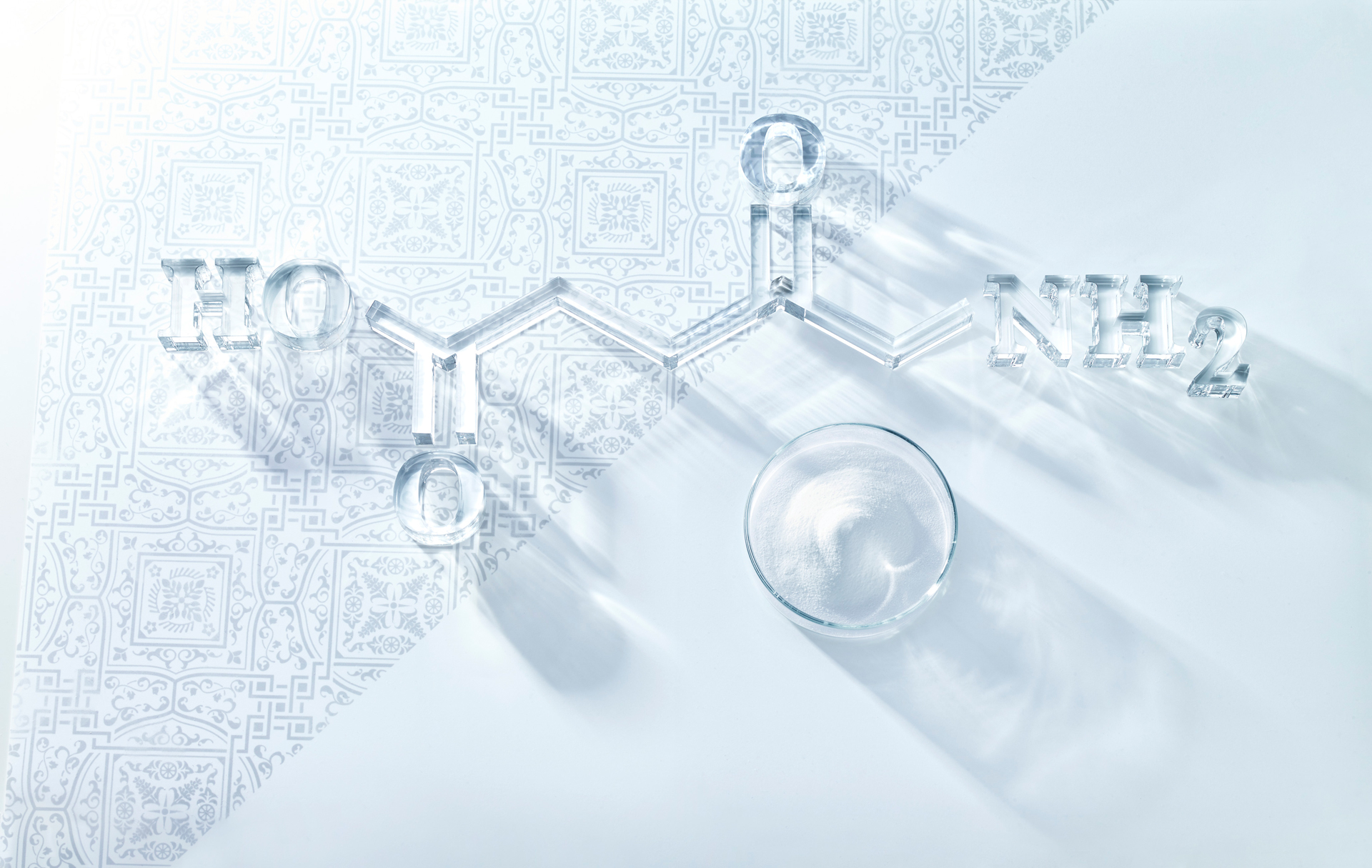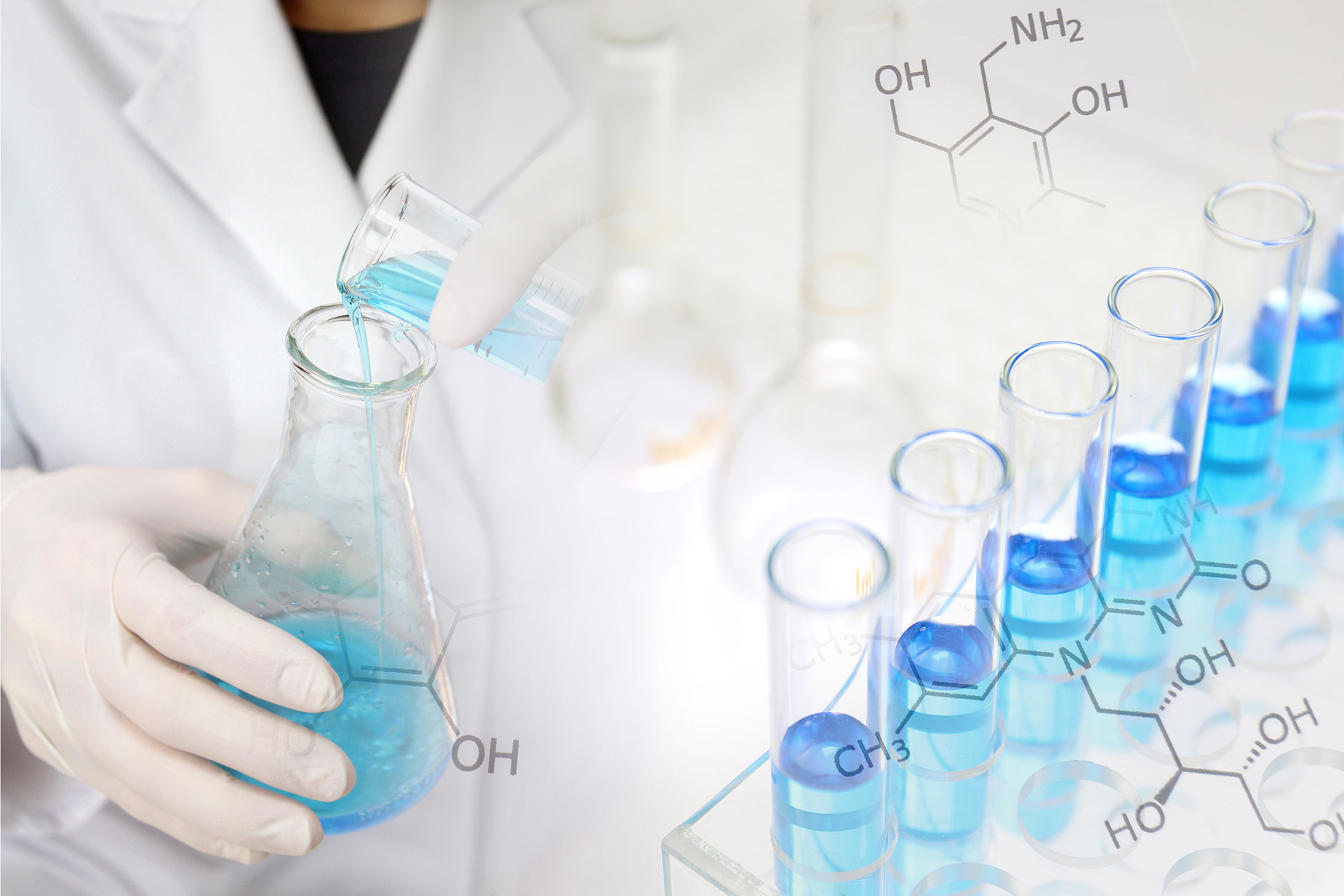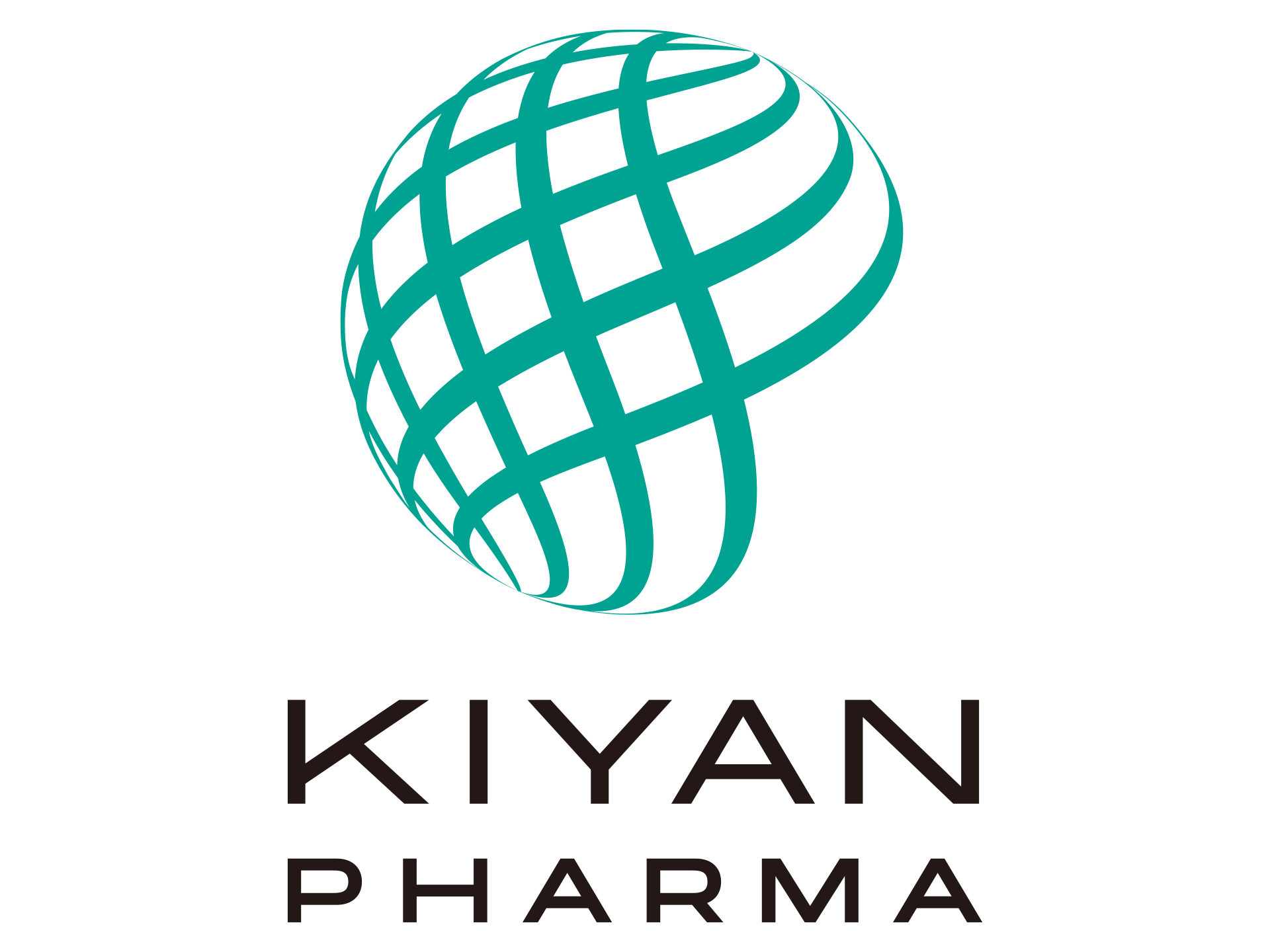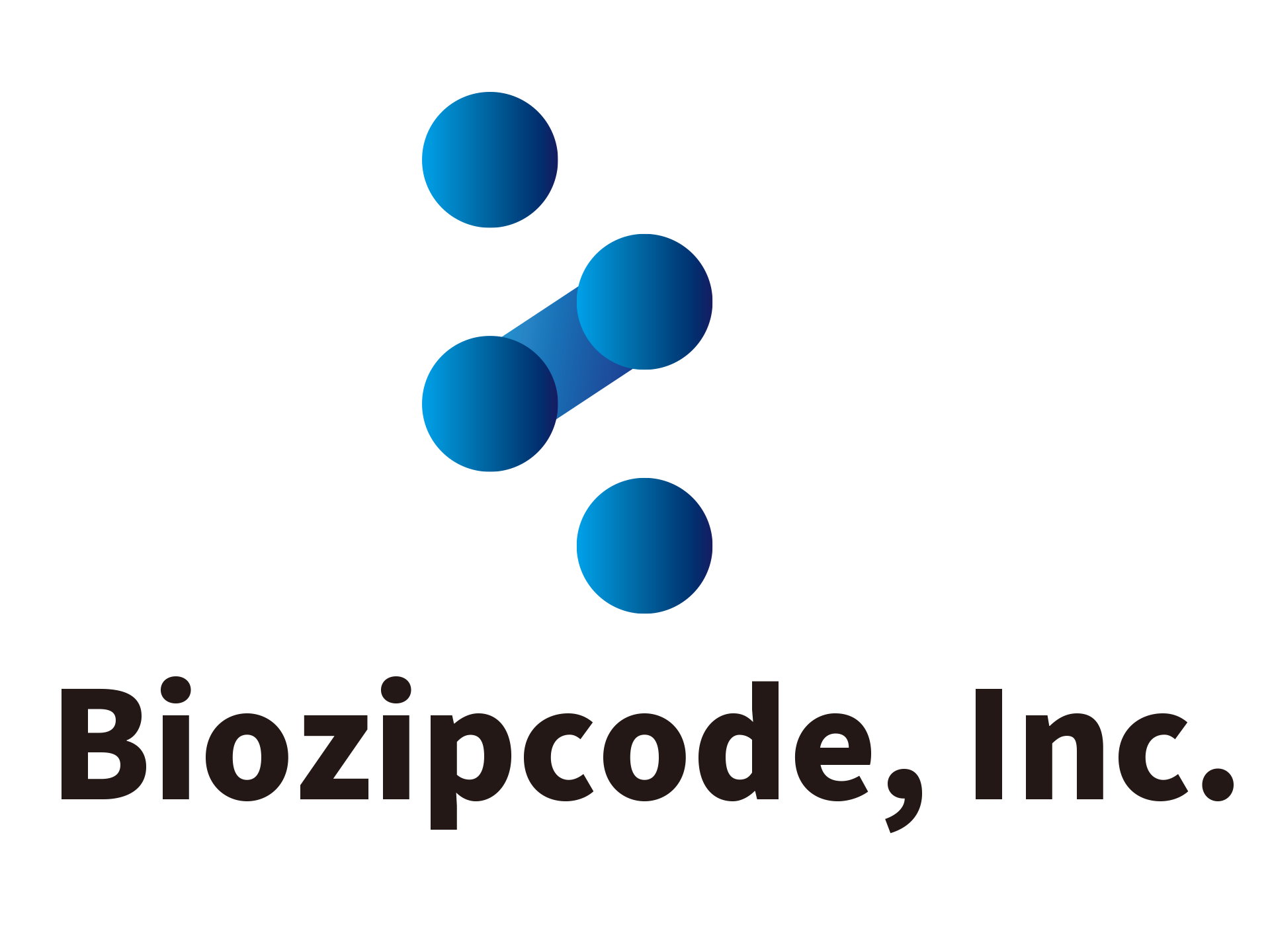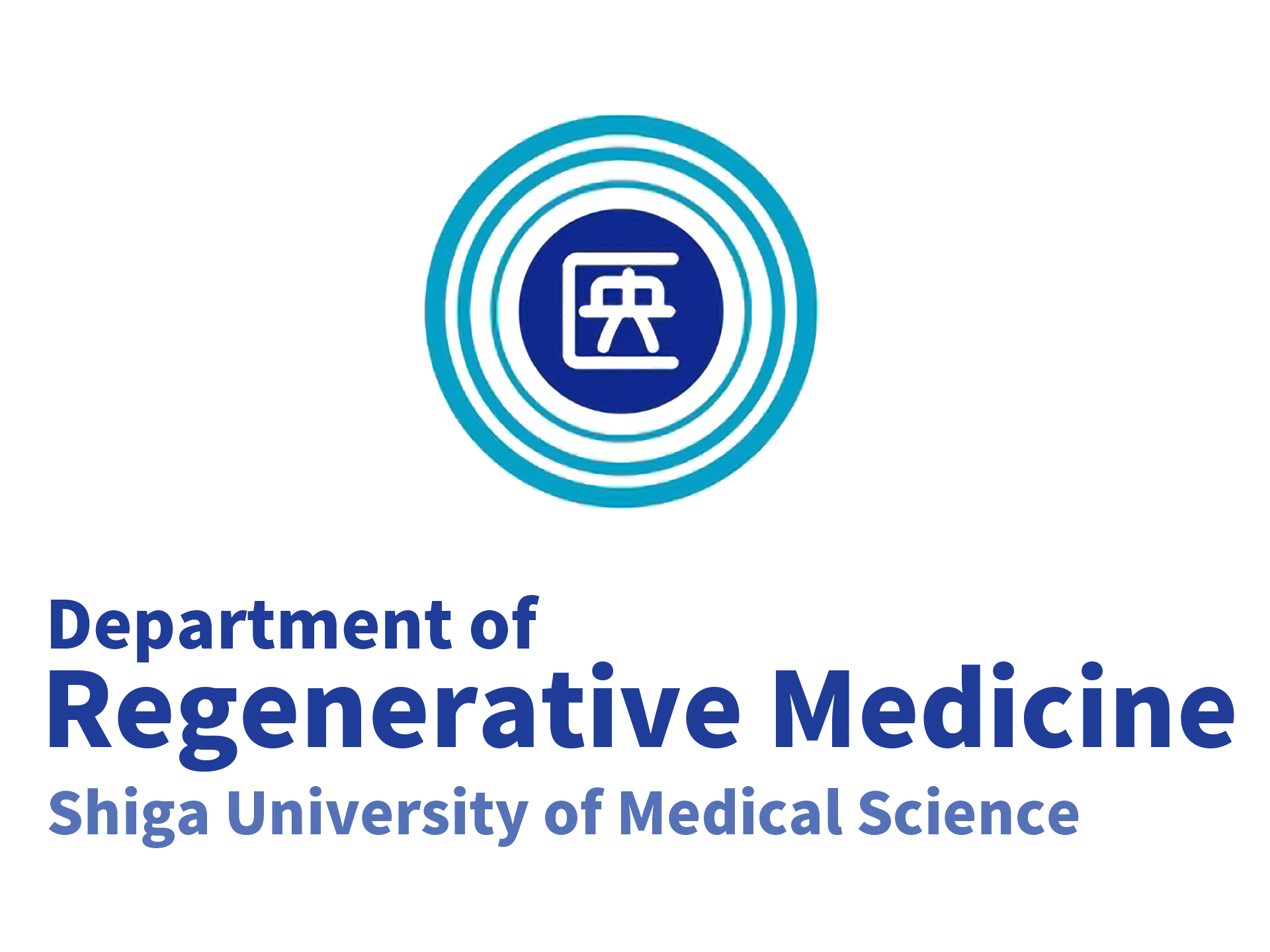5-ALA (5-Aminolevulinic Acid)
5-Aminolevulinic Acid (ALA) is one of the natural amino acids existing on Earth since the creation period 3.6 billion years ago and is deeply involved in the birth of life.
5-ALA exists in the mitochondria of cells in all living organisms, such as humans, animals, and plants, producing energy. It is called the “fundamental substance of life.”
Mitochondria and Metabolism
About 5-Aminolevulinic Acid (5-ALA)
5-ALA plays an important role in our body, especially as a precursor to heme, a component needed for energy production in mitochondria. Heme is involved in generating ATP, an energy source, and breaking down reactive oxygen species.
Mitochondria and Energy Production
Mitochondria exist in almost all cells of our body, acting like energy production factories. They metabolize sugars and fats from food to produce ATP, which supports our daily activities and health. The “metabolic water” released during ATP production plays an important role in maintaining the body’s water balance.
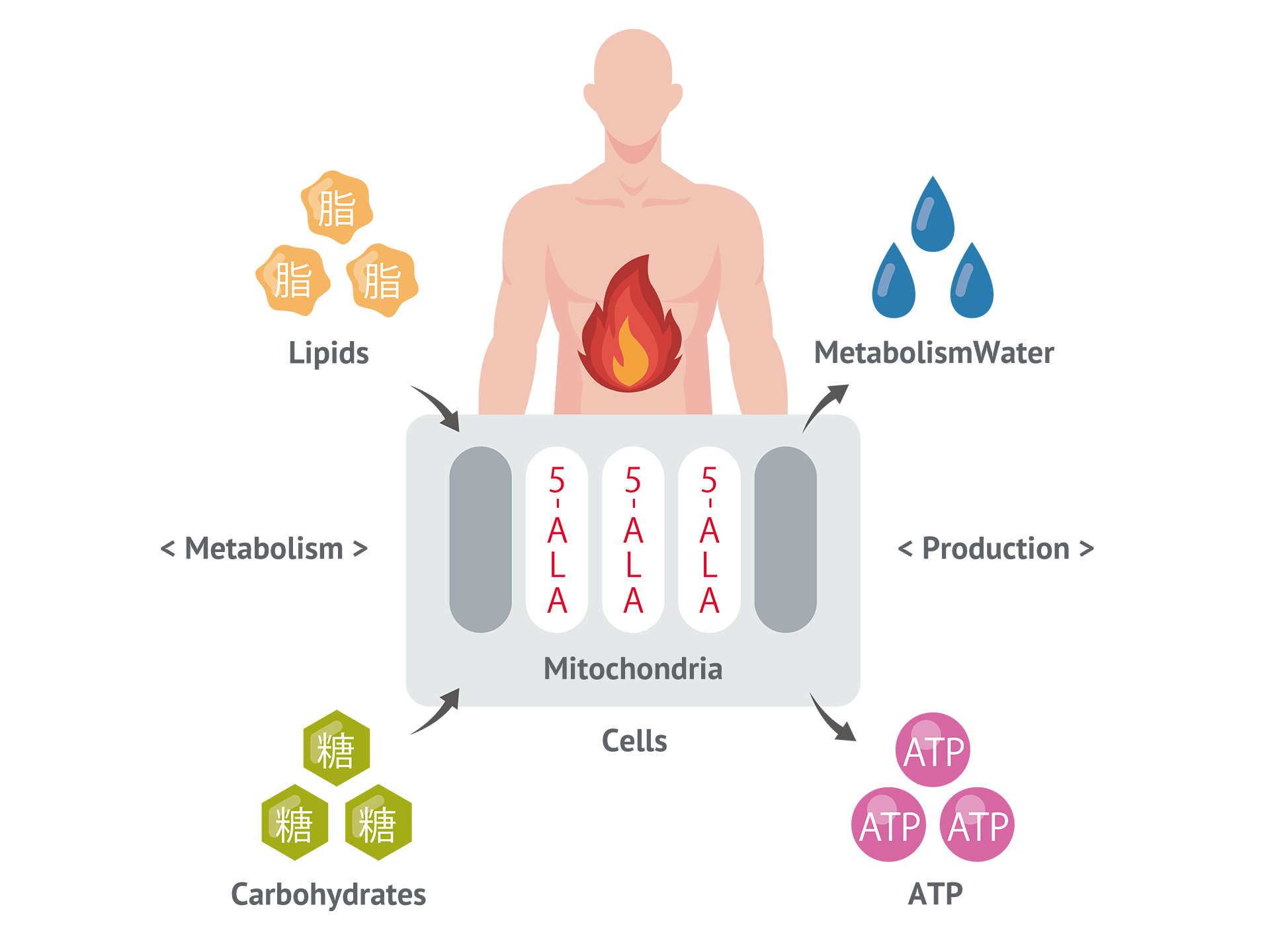
ATP as a Health Barometer

ATP and Health
Mitochondrial function declines with age, weakening the ability to produce ATP. This leads to fatigue and decreased activity levels associated with aging. Supporting mitochondrial function and efficiently producing ATP are keys to maintaining health.

The Role of 5-ALA
Mitochondria and 5-ALA
Mitochondria are small organelles within our cells, known as the “powerhouses of the cell.” They produce ATP, the primary energy source for the body.
Heme, a substance essential for mitochondrial activity, is produced only from 5-ALA. It is involved in ATP production and breaking down reactive oxygen species. Thus, 5-ALA is very important for maintaining our health.
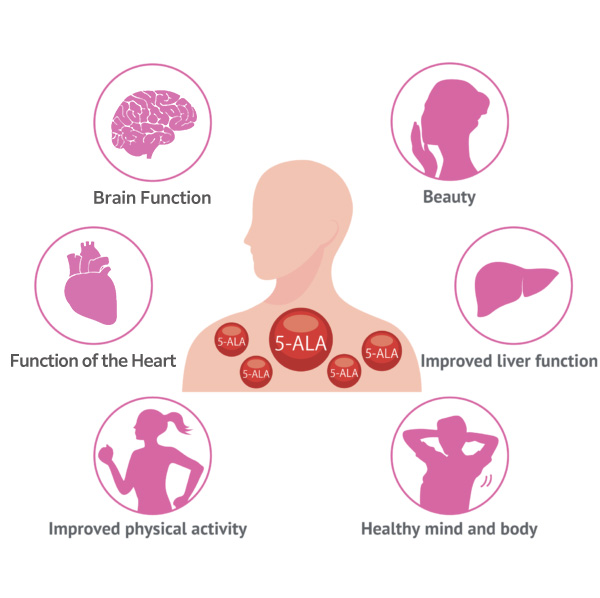
Metabolism of 5-ALA
Specific Actions and Medical Applications of 5-ALA
When eight molecules of 5-ALA gather, they convert into a substance called PPIX (protoporphyrin IX) in the body. PPIX easily accumulates in cancer cells and emits light when exposed to specific light. This characteristic is used in medical applications such as identifying cancerous areas during surgery.
Additionally, adding iron to PPIX generates heme, which is involved in energy production in mitochondria and becomes hemoglobin that transports oxygen in the blood. When magnesium binds to PPIX, chlorophyll is produced, contributing to photosynthesis in plants.
In this way, 5-ALA plays various roles in supporting our life activities.

KIYAN PHARMA Business Overview
5-ALA is manufactured to meet the quality requirements of pharmaceuticals, health foods, cosmetics, fertilizers, and animal feed.
The Fukuroi plant is expanding contract manufacturing for pharmaceutical APIs and intermediates in addition to 5-ALA production.
Supplements and skincare products containing 5-ALA support consumers’ beauty and health.
Products utilizing 5-ALA contribute to animal health and plant growth.

